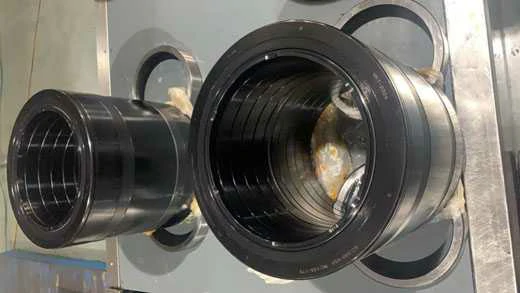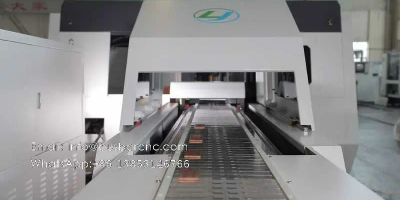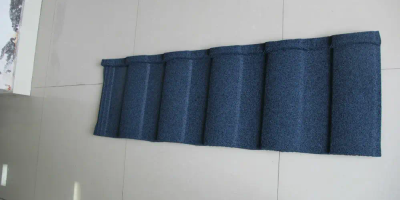Angular contact ball bearings are a type of rolling-element bearing designed to support combined radial and axial loads. They are widely used in machinery that requires high-speed rotation, such as automotive applications, machine tools, and aerospace equipment. When it comes to angular contact ball bearings, there are two primary configurations: single row and double row. Each configuration offers unique advantages and disadvantages, and understanding the differences between them is crucial for selecting the right bearing for a specific application. In this article, we will compare single row and double row angular contact ball bearings in terms of load capacity, running accuracy, axial stiffness, and other important factors to help you make an informed decision when choosing the appropriate bearing for your needs.
Load Capacity
One of the key differences between single row and double row angular contact ball bearings is their load-carrying capacity. Single row bearings are designed to accommodate axial loads in one direction and can only support limited radial loads. On the other hand, double row bearings have the ability to support higher radial loads due to their increased number of balls and contact angles. This means that double row bearings are better suited for applications where both radial and axial loads are present, providing enhanced load carrying capacity compared to single row bearings.
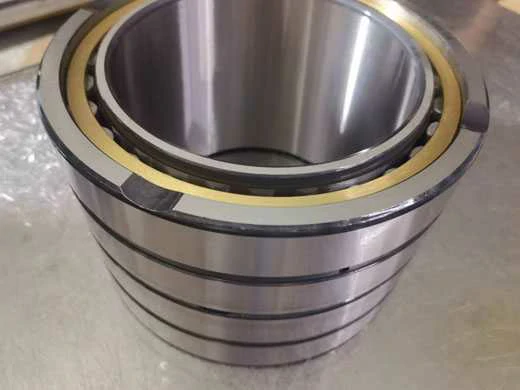
Running Accuracy
In terms of running accuracy, single row angular contact ball bearings are known for their high precision and low vibration levels. Their design allows for tighter control of manufacturing tolerances, resulting in smoother operation and improved performance. Double row bearings, while still capable of providing good running accuracy, may exhibit slightly lower precision compared to their single row counterparts. This difference in running accuracy should be taken into consideration when selecting bearings for applications that require extremely precise rotation and minimal vibration.
Axial Stiffness
Axial stiffness refers to the ability of a bearing to resist deformation and deflection under axial loads. Single row angular contact ball bearings typically offer higher axial stiffness compared to double row bearings due to their compact design and optimized internal geometry. This makes single row bearings suitable for applications where rigidity and minimal deflection are critical, such as in machine tool spindles and precision equipment. Double row bearings, while still providing adequate axial stiffness, may not perform as well as single row bearings in scenarios that demand high resistance to axial deformation.
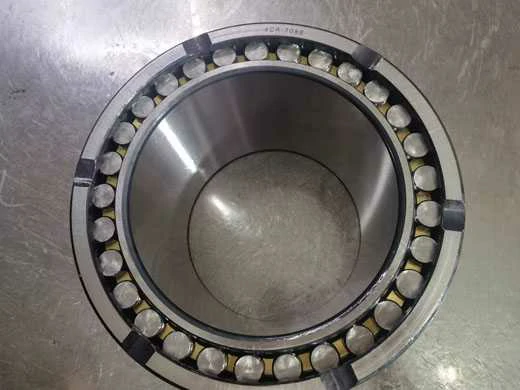
Lubrication and Maintenance
When it comes to lubrication and maintenance, single row angular contact ball bearings often offer simpler and more convenient options. Their design allows for easier access to the bearing for lubrication, inspection, and maintenance tasks. Double row bearings, with their more complex internal structure, may require more effort and time for lubrication and maintenance procedures. Additionally, the increased number of rolling elements in double row bearings may result in higher frictional heat generation, necessitating more frequent lubrication and monitoring to ensure optimal performance and longevity.
Cost and Availability
The cost and availability of single row versus double row angular contact ball bearings can also influence the decision-making process. Single row bearings are generally more common and readily available in a wide range of sizes and configurations, making them easier to source and potentially more cost-effective. Double row bearings, while still widely used, may have a narrower availability and a slightly higher price point due to their specialized design and applications. It’s essential to consider the balance between cost, availability, and the specific performance requirements of the application when selecting between single row and double row bearings.
In conclusion, the choice between single row and double row angular contact ball bearings depends on various factors such as load capacity, running accuracy, axial stiffness, lubrication and maintenance requirements, as well as cost and availability. Single row bearings excel in applications with predominantly axial loads and demand high running precision and stiffness, while double row bearings shine in scenarios with combined radial and axial loads that require enhanced load carrying capacity. By carefully evaluating these differences and considering the specific demands of the intended application, you can effectively select the most suitable angular contact ball bearing to optimize performance and reliability.
.webp)
